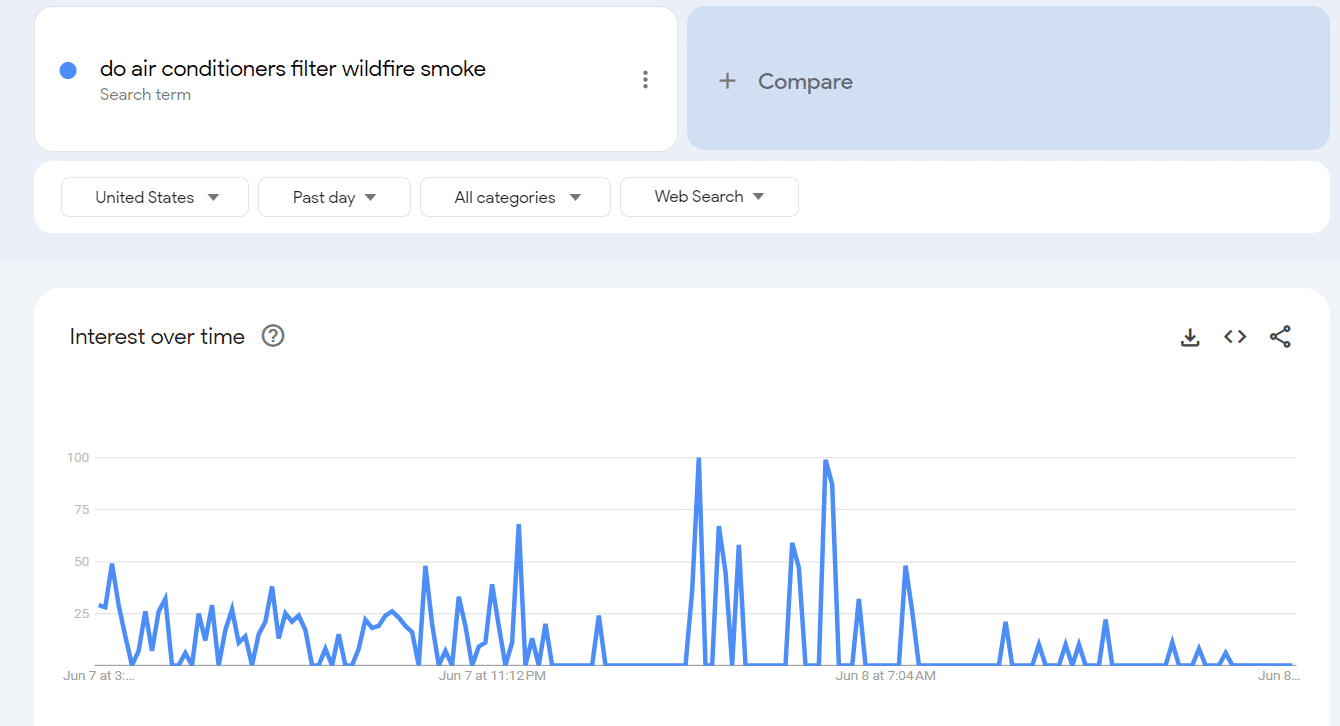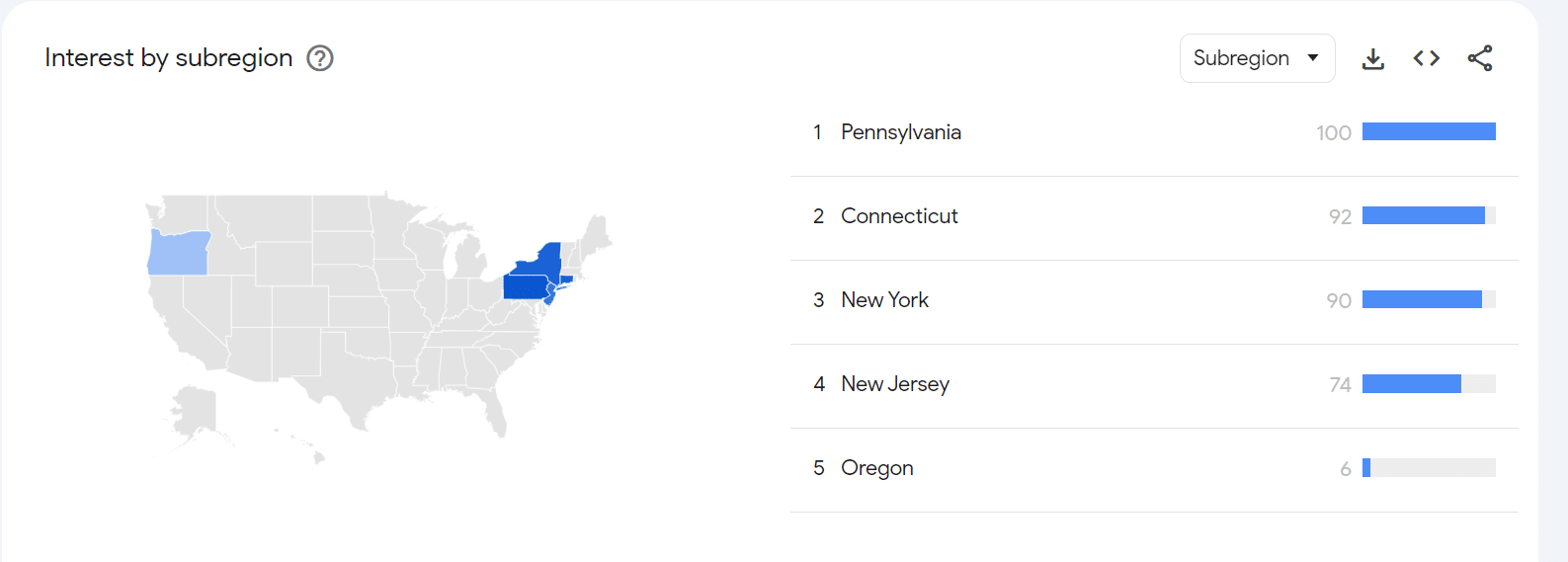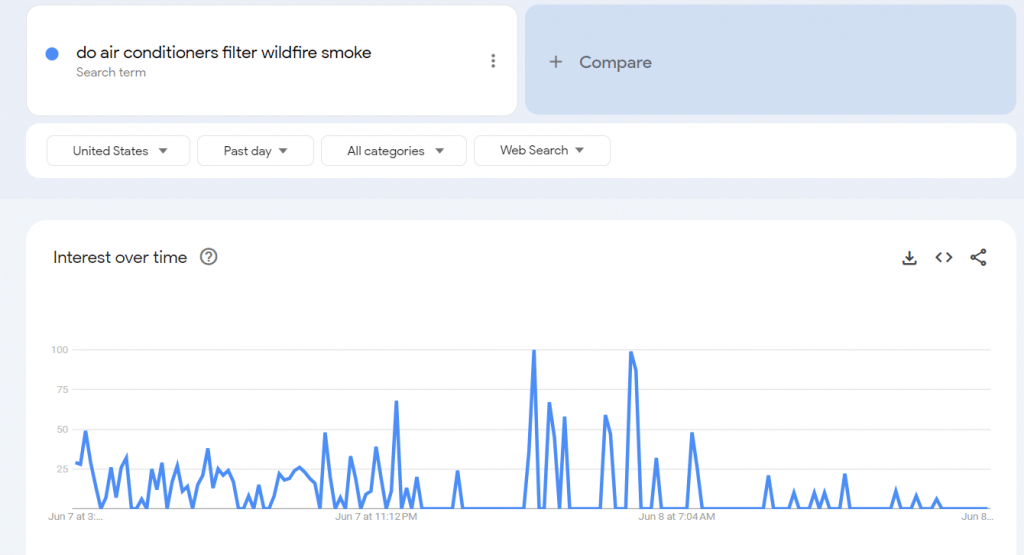How to incorporate macroeconomic signals into your SEO strategy
You’re an SEO with the best intentions of driving traffic and awareness for your brand (or client). After work, you take a spin to the grocery store and pay a few bucks more than you expected.
On the way home, you stop to fill your gas tank and notice that the price per gallon is higher than the last time you filled it.
You shrug and start mentally planning the next day – digging into your favorite keyword research tool, checking out site speed metrics after some asset optimizations, and prioritizing some pages to review after doing month-over-month traffic analysis.
I’m here to tell you you’re missing something.
If the last 12 months or so have taught me anything, it’s that macroeconomic trends significantly impact how users engage with online content.
Maybe SEO is not the first initiative anyone thinks of when strategizing how to incorporate macroeconomic angles inxto their marketing campaigns, but you’re missing the boat if you don’t.
This article examines:
- The macroeconomic signals to watch and why.
- Sources to reference to gauge user reaction.
- How to assess users’ developing needs and emotions.
- How to address those needs and emotions in your SEO campaigns.
The macroeconomic signals to watch and why
I’m not saying you should use daily gas prices as a barometer. I am saying they could be a good reminder to keep your finger on the pulse of the bigger picture.
Signals to watch include:
- Consumer confidence ratings.
- Venture capital and private equity funding trends.
- The stock market.
- Inflation.
- The monthly jobs report.
If you’re in B2C, consumer confidence, inflation and jobs are key.
If you’re in B2B (especially working with high-growth companies, as I do), it’s essential to gauge how easy (and/or expensive) it is to raise funds.
And for marketing agencies, know that the macroeconomy heavily influences the economics of how businesses spend on marketing and spend to acquire users.
If you’re working in an industry closely related to finance, like lending or real estate or insurance, you likely have a second layer of important metrics to watch (e.g., mortgage rates).
Either way, knowing the economic picture can alert you to prime times to dig in for more information to help you effectively engage users.
Sources to reference to gauge user reaction
The SEO space isn’t about staying in a bubble of reporting; it’s about keying into audience behavior, which means you must know your audiences. That goes way beyond monthly search volume and search volume over time.
Many of the major keyword tools aggregate monthly over time and won’t give you the agility you need to gauge real-time impact.
Google Trends, on the other hand, has become an incredible real-time source for changing behavior.
Check out the geo (and hourly) breakdown of the query “do air conditioners filter wildfire smoke” during the eerie period in June when Canadian wildfires were turning the metro New York skies orange:


Twitter and Reddit are other good sources for up-to-the-minute info.
Depending on who you follow, Twitter can give you the view of people like journalists and politicians, who help shape the broad discourse.
Reddit can take you into the weeds to show you what people closer to the ground are saying.
If you’re looking to gauge impact in your specific industry and see the approaches and angles that are most popular:
- Pick two or three trusted industry sites.
- Gauge the (non-sponsored) articles in the prime positions. Those have almost always earned that real estate with lots of engagement.
Qualitative data from your customers, clients, and leads is always good to gather. Your own reports – from Google Search Console and Google Analytics – will show you in real time if you already have any assets that are drawing renewed interest.
Get the daily newsletter search marketers rely on.
See terms.
How to assess users’ developing needs and emotions
If the sources I just referenced hit on common themes, opportunities, or challenges more than once, you’ve got another layer of analysis to do.
What fears, ambitions, or questions do those point to that you can address with UX and content? And what modifiers might you add to more broad queries that might make them timely and relevant?
For instance, a few years ago, when mortgage interest rates were in the 2-3% range, a simple “mortgage brokers” would have sufficed.
With interest rates soaring today, something like “mortgage broker comparison tool” or “mortgage broker price match” would likely draw tons of high-intent engagement.
On the B2B side, less available funding means lots of budget reduction, which in turn means a reduction in transactional intent – and a shift up the funnel into research and education, which you can address with content that speaks to industry challenges and your unique solutions.
How to address those needs and emotions in your SEO campaigns
I’ve already mentioned a couple of ways to address these – changing the nature of your content and keywords to align with shifting intent.
Other ways to use your analysis include new site hubs to address discrete challenges, updated UX to emphasize relevant themes and messaging, and even new content initiatives.
(As an example, I once had a client in the manufacturing space; we built a content strategy around the Bureau of Labor Statistics’ monthly Jobs Report in which we got real-time analysis from the client’s CEO each time the report came out, and we’d publish the analysis immediately – and get lots of incremental traffic.)
The other step is to feed intel to your paid media teammates. Suppose we’ve created a piece of content for a relevant term that gets lots of traffic and conversions (which is directional data but still indicates that the page is valuable). In that case, your paid media team will want to know that bidding on that term, even if it’s expensive, is highly likely to succeed.
And from a keyword perspective, remember that keyword planners aren’t exactly up to date with traffic data, so if you see real-time spikes, you can help your paid colleagues take advantage before the keyword’s costs catch up to increased volume.
Looking at the bigger picture
You’ll notice that none of the above contained any (extremely amateur) predictions about the economy itself.
Whether the economy stays in flux, turns for the better, or nosedives, the same principles hold: macro trends should be reflected in SEO strategy.
And it’s not just the economy. As COVID taught us, anything with a transformative effect on society at large introduces new needs that SEOs can help address.
So consider this a reminder to broaden your perspective beyond your usual inputs. Even in SEO, a little real-time curiosity and analysis can bear fruit you won’t see growing in the keyword planner.
The post How to incorporate macroeconomic signals into your SEO strategy appeared first on Search Engine Land.










Recent Comments